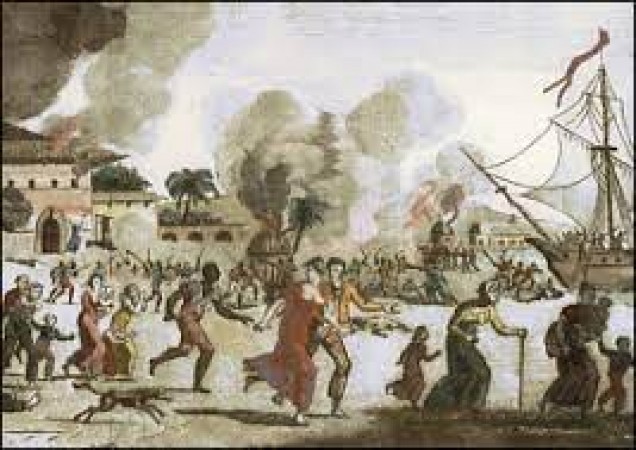
The Indigo Revolt stands as a poignant chapter in India's history of resistance against colonial oppression. Taking place in the 19th century, this uprising was a significant expression of peasant discontent and their resolute stand against the exploitative indigo plantation system in Bengal. In this article, we will delve into the causes, leaders, spread, impact, and ultimate suppression of the Indigo Revolt, examining its enduring legacy and importance in shaping India's path to independence.
Historical Context
During the colonial rule in India, the British East India Company established indigo plantations in Bengal to meet the growing demand for indigo dye in Europe. The British imposed the cultivation of indigo on farmers, forcing them to set aside valuable land for this cash crop. This exploitative system left the peasants with little control over their livelihoods and subjected them to harsh working conditions.
Causes of the Indigo Revolt
The Indigo Revolt was fueled by the oppressive practices of the indigo planters. Peasants were forced into cultivating indigo against their will, resulting in the depletion of fertile land for food crops. They were also burdened with exorbitant taxes and rent, pushing them further into poverty. The discontent among the peasants reached a boiling point, leading to widespread unrest.
Leaders of the Revolt
The revolt found leaders in individuals like Digambar Biswas and Bishnu Pada Roy, who fearlessly organized the peasants and encouraged them to resist the unjust indigo system. These leaders played a crucial role in mobilizing the rural population and providing them with a unified voice against the planters and the British authorities.
Spread and Impact of the Revolt
The Indigo Revolt quickly spread across Bengal, encompassing a large geographical area. Peasants from different regions came together in solidarity to challenge the oppressive system. The revolt disrupted the indigo production significantly, causing financial losses to the British planters. This disruption caught the attention of the colonial administration, which started taking measures to suppress the rebellion.
Suppression of the Revolt
The British authorities responded to the revolt with brutal force. They employed punitive measures to crush the resistance and reestablish control. Many peasant leaders were arrested, and widespread repression was unleashed, leading to the eventual decline of the revolt. However, the spirit of resistance that emerged during the revolt left a lasting impact on the psyche of the Indian people.
Legacy and Historical Importance
The Indigo Revolt marked a significant moment in India's fight against colonial oppression. It exemplified the strength and determination of the Indian peasantry and highlighted the atrocities of the British colonial system. The revolt also served as a precursor to future movements against British rule and inspired other leaders in their quest for India's freedom. The Indigo Revolt stands as a testament to the indomitable spirit of the Indian peasantry and their unwavering commitment to challenging injustice. The uprising may have been quelled by the British, but it left an indelible mark on the history of India's struggle for independence. The collective efforts of the peasants during the revolt paved the way for future movements and played a crucial role in shaping India's path to freedom.
Microsoft and Google's Ambitious AI Investments Raise Questions about Profitability
Lenovo Launches Versatile Yoga Book 9i Laptop with Dual 13.3-inch OLED Displays in India